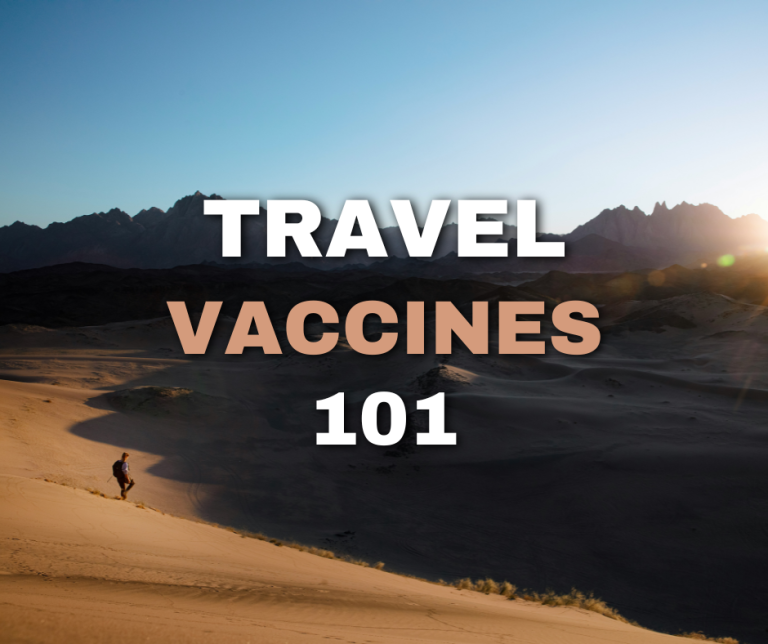
De quels vaccins de voyage ai-je besoin ?
De quels vaccins de voyage ai-je besoin en tant que voyageur canadien ? Voyager est l'une des plus grandes joies de la vie ! Cependant, explorer le monde peut parfois vous exposer à des risques pour la santé

Par : Samuel Plante
De plus en plus de voyageurs sac au dos prennent conscience de l’impact que notre passion du voyage peut avoir sur la planète. Nous reconnaissons la dure réalité des effets néfastes du tourisme sur l’écosystème.
Les amoureux du monde comme nous devraient redoubler d'efforts pour préserver notre territoire. Il faut agir, voici quelques moyens de réduire l'impact des voyages sur l'environnement.
1 Commençons par votre équipement !
Il est en effet important d'avoir un bon équilibre entre un équipement confortable/efficace et écologique. Il existe plusieurs entreprises de sacs à dos et d'accessoires de voyage/outdoor qui se soucient davantage de l'environnement dans leur production.
Patagonia, par exemple, utilise du polyester recyclé et des matières naturelles qui ne nécessitent pas de traitement trop polluant. De plus, depuis 1988 Patagonie a fait don de $ 58 millions à plus de 1000 associations différentes liées à la défense de l'environnement. Alors renseignez-vous sur la marque avant de mettre votre argent dans leurs poches et faites une bonne action.
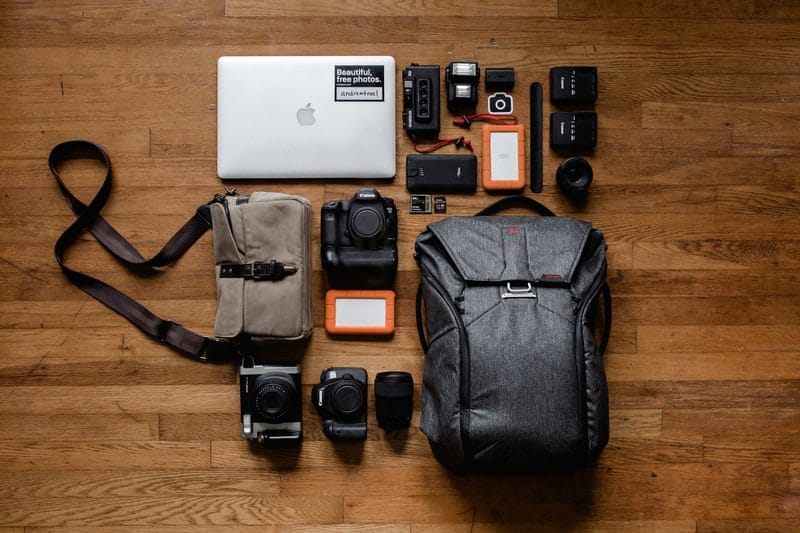
2 Arrêtez le plastique à usage unique
Apportez vos propres accessoires de douche pour ne pas avoir à utiliser les échantillons de l'auberge ou de l'hôtel. Des ustensiles réutilisables et une paille lorsque vous dînez au restaurant peuvent éviter de nombreux problèmes. plastique à usage unique objets pendant vos voyages (ou dans votre vie quotidienne en général).
Votre propre bouteille d’eau et tasse à café réutilisables pourraient également vous permettre d’économiser l’utilisation de bouteilles et de contenants en plastique.
Vous pouvez également apporter des sacs réutilisables compacts pour éviter l'utilisation de certains sacs proposés dans les commerces tels que les épiceries, les pharmacies ou autres. Ces sacs peuvent également servir à ramasser les déchets dans les endroits que vous visitez tout au long de votre voyage. (Selon planetoscope.com 634 000 kg de déchets sont déversés dans l'océan chaque seconde)
3 Moyens de transport sans émissions (autant que possible)
Dans la mesure du possible, il serait préférable de minimiser l'utilisation de véhicules motorisés : Taxis, Avion, Tuk Tuk, Bateau, etc.
Il existe plusieurs alternatives pour réduire votre empreinte écologique sur cet aspect.
Par exemple, faites du covoiturage et partagez le plus possible les transports en voiture ou optez tout simplement pour les transports en commun comme le bus. Si vous vous sentez à l'aise, l'auto-stop peut en effet être une solution simple pour vos déplacements, tout dépend du pays et du secteur dans lequel vous vous trouvez.
Il existe plusieurs plateformes web pour partager des trajets en voiture comme Amigoexpress dans Canada et le États-Unis ou Blablacar dans Europe qui facilitera vos déplacements et réduira vos coûts.
Voyager à pied ou à vélo est bon pour la santé et peut vous exposer à des situations ou des points de vue que vous auriez pu manquer. C'est quand on s'y attend le moins qu'on se retrouve dans les meilleurs moments.
Un mouvement de plus en plus populaire (ouais) consiste à acheter nos crédits carbone suite à un voyage en fonction du nombre de kilomètres parcourus en avion ou en voiture lors de votre voyage. Plusieurs entreprises à but non lucratif telles que Planèteair ou Carbone Boréal investir l’argent récolté grâce aux crédits carbone dans la lutte contre le changement climatique.
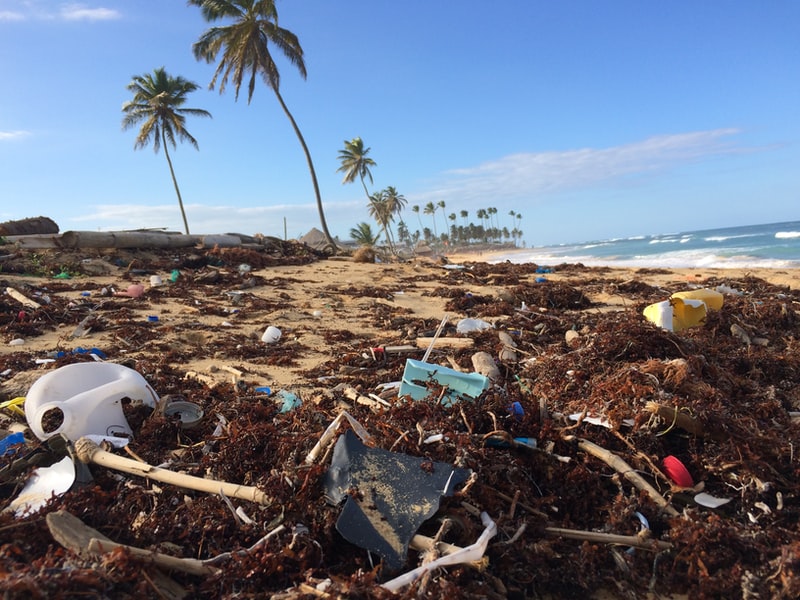
4 Ne payez jamais pour des activités qui incluent des animaux sauvages
Les animaux sauvages sont sauvages pour une raison. Il fut un temps où les promenades à dos d'éléphant étaient très populaires Pays asiatiquesCette pratique est en effet l’une des pires attractions touristiques du secteur.
Peu importe ce qu'on vous dit sur le sauvetage de ces animaux et les valeurs du centre liées au bien-être de ces animaux, cette attraction ne respecte en aucun cas la liberté de ces animaux sauvages.
Ce genre de pratique se retrouve également avec les tigres, les singes et bien d'autres. Ces animaux sont régulièrement maltraités, battus et drogués pour que le touriste puisse prendre une photo avec eux.
Observez les animaux dans leurs habitats naturels ! ils sont plus beaux et plus heureux ;)

5 Notre protection solaire tue les coraux !
Les scientifiques ont découvert que les crèmes solaires traditionnelles contiennent des produits chimiques tels que l'oxybenzone et l'octinoxate, qui augmentent le blanchissement des coraux.
Les composants chimiques des crèmes solaires perturbent en effet la reproduction et le cycle de croissance des coraux, entraînant ainsi leur blanchissement.
Il est facile de remédier à la situation ! Certaines crèmes ne contiennent pas ces ingrédients dévastateurs ! Informez-vous et achetez la bonne protection pour protéger nos fonds marins. Voici quelques marques sans danger pour les coraux.
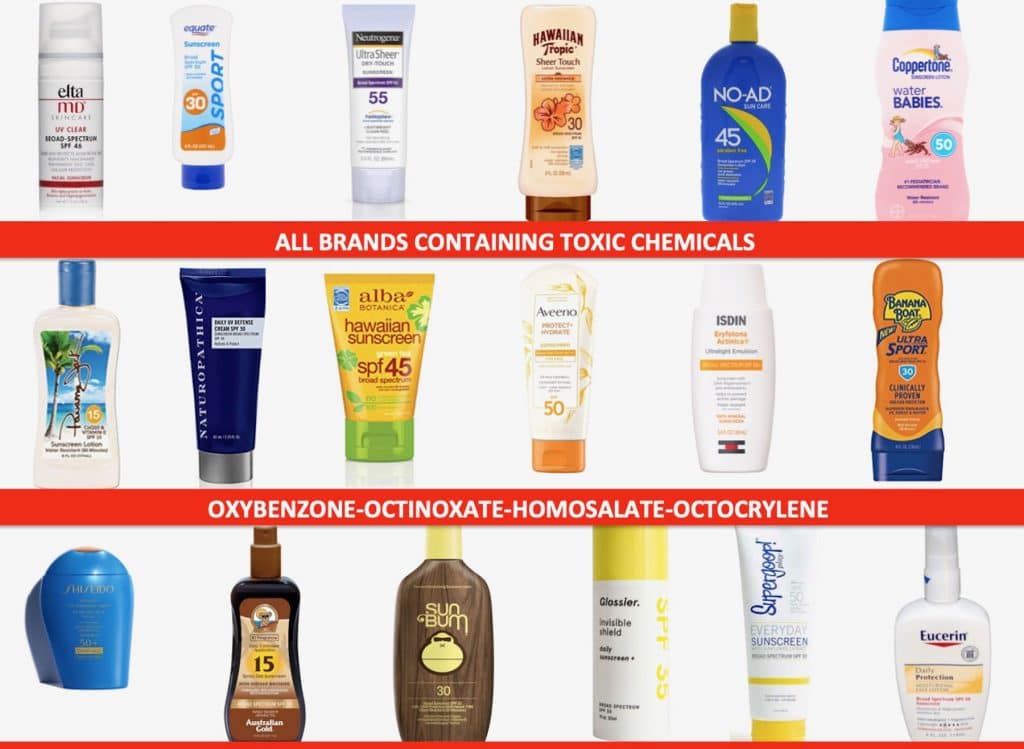

De quels vaccins de voyage ai-je besoin en tant que voyageur canadien ? Voyager est l'une des plus grandes joies de la vie ! Cependant, explorer le monde peut parfois vous exposer à des risques pour la santé
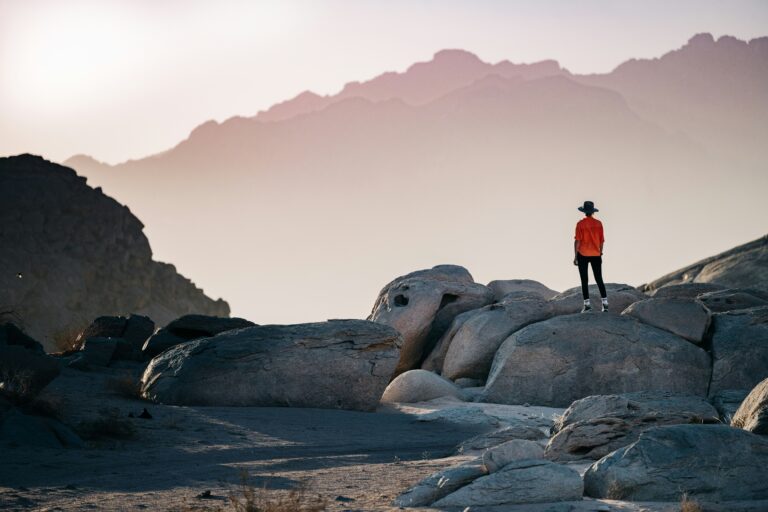
Ce sont deux questions que nous nous posons fréquemment dans le monde du voyage. À l'ère du numérique, il est facile de supposer que réserver un voyage en ligne

Quelle carte de crédit de voyage est la meilleure pour vos aventures ? Voyager ouvre les portes à des expériences inoubliables. Une bonne carte de crédit de voyage peut rendre vos voyages plus agréables.
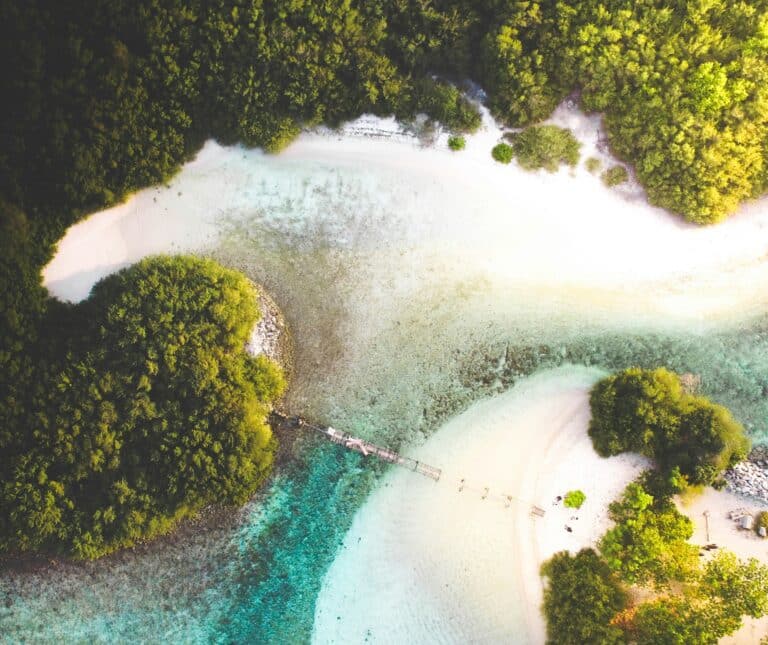
Les Maldives, un paradis tropical au cœur de l'océan Indien, sont réputées pour leurs plages de sable blanc immaculées, leurs eaux turquoise cristallines et leurs coraux vibrants

Vous pensez tout savoir sur les voyages ? Détrompez-vous ! Les voyages sont souvent accompagnés de nombreuses hypothèses, qu'il s'agisse de voyages en sac à dos, de complexes hôteliers tout compris ou de voyages en solo.

Le Sri Lanka est devenu une destination populaire pour les surfeurs de tous niveaux, offrant une gamme diversifiée de spots de surf le long de son littoral. Si vous êtes un
Une communauté basée sur le partage de conseils et d'expériences sur les différentes destinations du monde.